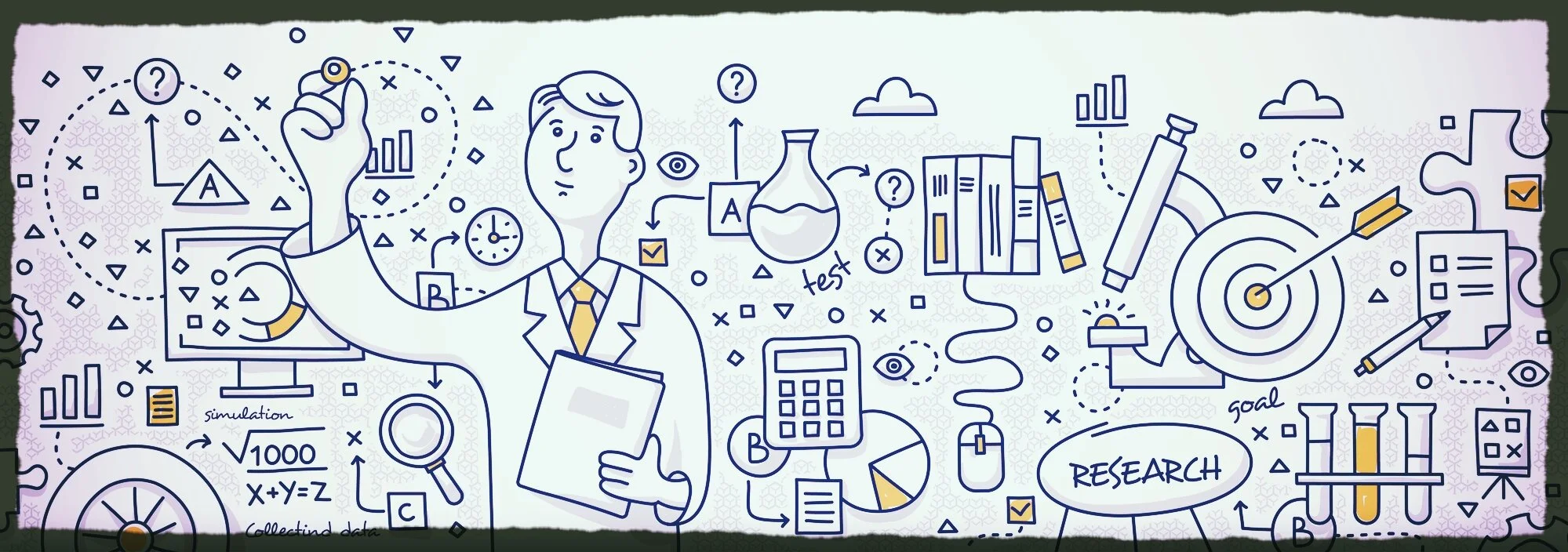With advancements in deep tech, the operationalization of machine learning and deep learning models is burgeoning in the machine learning space. In a typical scenario within organizations involving machine learning or deep learning business cases, the data science and IT teams collaborate extensively in order to increase the pace of scaling and pushing multiple machine learning models to production through continuous training, validation, deployment and integration with governance. Machine Learning Operations (MLOps) has carved a new era of the DevOps paradigm in the machine learning/artificial intelligence realm by automating end-to-end workflows.
Read MoreThe analyst community is having a field day with hype around “low code.” IDC has predicted that there will be more and more low code used and that the worldwide population of low-code developers will grow with a CAGR of 40.4% from 2021 to 2025. Gartner predicted that low code will increase nearly 30% from 2020 to reach $5.8 billion in 2021. Forrester has also jumped on the low-code hype wagon and forecasted that by the end of 2021, 75% of application development will use low-code platforms.
Read MoreAI systems are constantly evolving. Machine learning models learn from data and experience, and once they are released into the real world, they need to continually be monitored, tested, and retrained on an ongoing basis. It also needs to be created with ethical and responsible frameworks in place.
Read MoreOrganizations of all sizes are embracing AI as a transformative technology to power their digital transformation journeys. Still the challenges around operationalizing AI at scale can still seem insurmountable, with a large number of projects failing.
Read MoreIn the US, one in five children are living with a diagnosable behavioral health disorder; however, only 21% of those children who are diagnosed receive needed treatment. Often, parents have to wait one to three years to receive a proper and accurate diagnosis and an individualized treatment plan for their child.
Read MoreAgriculture and farming is one of the oldest and most important professions in the world. Humanity has come a long way over the millennia in how we farm and grow crops with the introduction of various technologies. As the world population continues to grow and land becomes more scarce, people have needed to get creative and become more efficient about how we farm, using less land to produce more crops and increasing the productivity and yield of those farmed acres.
Read MoreAs technology evolves at a rapid rate – especially technology that incorporates artificial intelligence (AI) capabilities – so too does the potential for bias, disconnect, misuse of data, and the automation of impersonal actions or decisions. With the vast amounts of data collected, stored, and exchanged, capitalist societies risk the commoditization of personal data at the expense of the individual, instead of using personal data to foster valuable individual and societal relationships.
Read MoreIt's an AutoML World. The world of AutoML has been proliferating over the past few years - and with a recession looming, the notion of automating the development of AI and Machine Learning is bound to become even more appealing. New platforms are available with increased capabilities and more automation. The advent of AI-powered Feature Engineering - which allows users to discover and create features for data science processing automatically - is enabling a whole new approach to data science that, seemingly, threatens the role of the data scientist. Should data scientists be concerned about these developments? What is the role of the data scientist in an automated process? How do organizations evolve because of this new-found automation?
Read MoreThat the world has become a more dangerous place is no surprise to anyone who follows the cybersecurity industry. More devices, more data and more surface area, unfortunately, means more vulnerabilities to attack. I’ve been investing in the cybersecurity space for more than 20 years, and I’ve never seen the market move faster than it is changing today.
Read MoreThe Scoville Scale is a measurement chart used to rate the heat of peppers or other spicy foods. It can also can have a useful application for measuring cybersecurity threats. Cyber-threats are also red hot as the human attack surface is projected to reach over 6 billion people by 2022. In addition, cyber-crime damage costs are estimated to reach $6 trillion annually by 2021. The cybersecurity firm RiskIQ states that every minute approximately 1,861 people fall victim to cyber-attacks, while some $1.14 million is stolen. In recognition of these alarming stats, perhaps it would be useful to categorize cyber-threats in a similar scale to the hot peppers we consume. I have provided my own Scoville Scale-like heat characterizations of the cyber threats we are facing below.
Read MoreThere is a great deal of excitement these days around “digital transformation.” Instead of being preoccupied with “transformation,” companies may be better off paying attention to their level of maturity in deploying digital technologies – and then working diligently to become more digitally mature.
Read MoreIn my role as an investor, I’ve been hearing a lot of chatter lately about datacenter-as-a-service (DCaaS), the notion that datacenters should move towards a cloud-native architecture delivered as a service and that enterprises should no longer need their own IT ops teams. DCaaS promises to separate a company not only from its physical infrastructure but from the notion of physical infrastructure itself. It’s an appealing idea. Two decades ago..
Read MoreThe process of systems integration (SI) functionally links together infrastructure, computing systems, and applications. SI can allow for economies of scale, streamlined manufacturing, and better efficiency and innovation through combined research and development. New to the systems integration toolbox are the emergence of transformative technologies and, especially, the growing capability to integrate functions due to exponential advances in computing, data analytics, and material science. These new capabilities are already having a significant impact on creating our future destinies.
Read MoreArtificial intelligence is a hot topic across the board — from enterprises looking to implement AI systems to technology companies looking to provide AI-based solutions. However, sometimes the technical and data-based complexities of AI challenge technology companies to deliver on their promises.
Read MoreAccurate, complete, and timely data has always been required for success with digital programs. This is even more the case when it comes to large, enterprise-wide digital transformations. Yet, a recent New Vantage survey reported that..
Read MoreA recent survey on Big Data and Artificial Intelligence (AI) reported that cultural challenges, not technological ones, were the biggest hurdle to overcome around Big Data and AI initiatives. According to this 2021 survey, the vast majority of respondents — 92% of mainstream companies — continued to struggle more with cultural challenges than with technological ones.
Read MoreThe track record for transformations has been disappointing for over three decades. In 1995, Dr. John Kotter found that only 30% of transformations succeeded and it’s been pretty much that way in survey after survey ever since. A recent McKinsey survey found that digital transformations may be even more challenging.
Read MoreFor many years banks have been at the forefront of using technology to help with both front-of-house and back-of-house operations. It’s no surprise then that banks are adopting AI to help in a variety of ways.
Read MoreIn the age of innovation, as a topic of our future of work, we often envision remote work as an idealist scenario where you can achieve the ultimate work-life balance. Realistically, remote work is a conversation that needs to be explored in-depth, practiced over time and embraced by each individual of an organization.
Read MoreWhether your organization has an extensive cybersecurity initiative in the event of a crisis such as this pandemic or not, there are things that you can do now that your employees are working remotely.
You can use this opportunity to increase cybersecurity awareness across your organization.
Read More




















